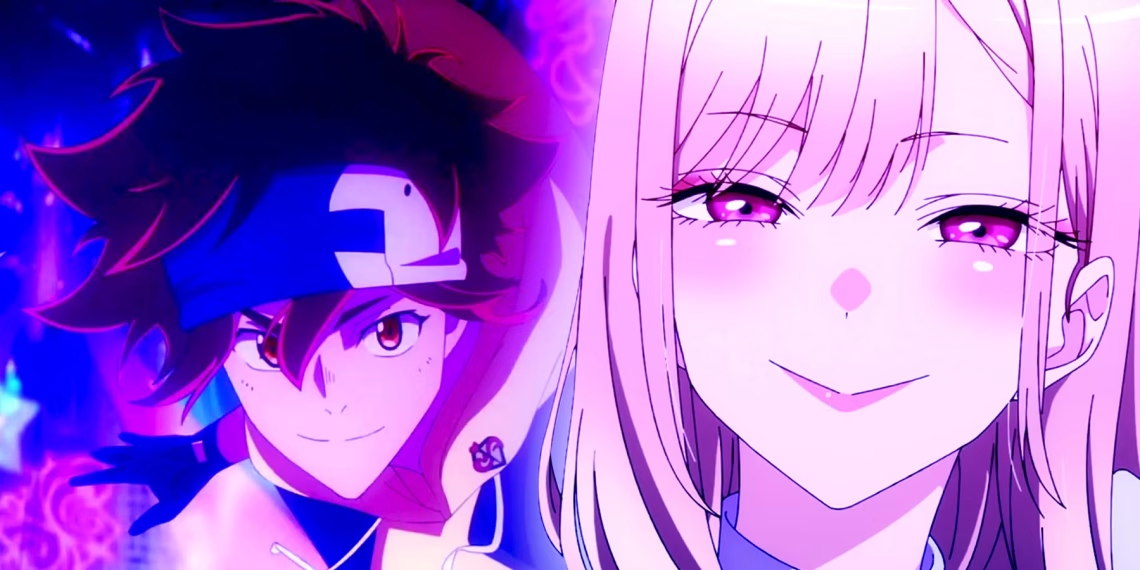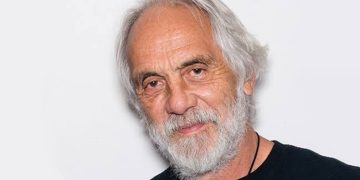A recent UN Human Rights Council report has sent shockwaves through the anime world by asserting that certain anime genres normalize sexual violence, especially against women and minors. The report, presented by special rapporteurs on child protection and digital safety, urges international action to regulate “graphic and exploitative content” that reaches global audiences unchecked.
Japanese creators and fans are pushing back hard, calling the UN’s stance a misunderstanding of anime’s artistic and cultural context. They argue that the report unfairly singles out Japanese animation without fully appreciating its themes or narrative nuance.
Japan Fires Back at Cultural Oversight
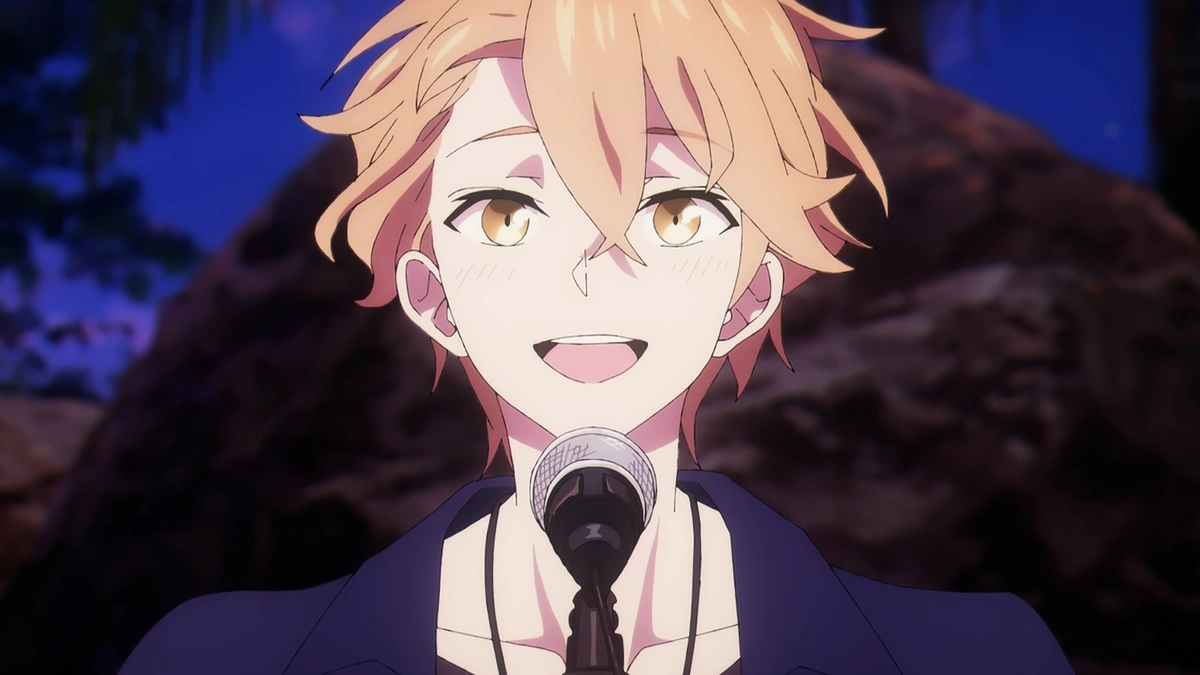
The UN report names specific subgenres—such as ecchi, hentai, and loli—as contributing to a culture of normalized exploitation. It cites titles that depict coercion or sexual tension involving underage characters, asserting these narratives are being exported with minimal age restrictions.
Japanese officials responded diplomatically but firmly. A representative from the Agency for Cultural Affairs stated that anime is “a form of creative expression that explores a wide range of human experience,” and emphasized Japan’s existing laws on child protection and obscenity. Prominent directors and manga authors also joined the discourse, many warning against a blanket condemnation rooted in Western sensibilities.
Mamoru Oshii, creator of Ghost in the Shell, publicly dismissed the UN’s approach: “These people don’t watch anime—they judge it.” His remarks were echoed by veteran artist CLAMP, who criticized the report’s failure to distinguish between fantasy and advocacy.
Global Fans Caught in the Crossfire
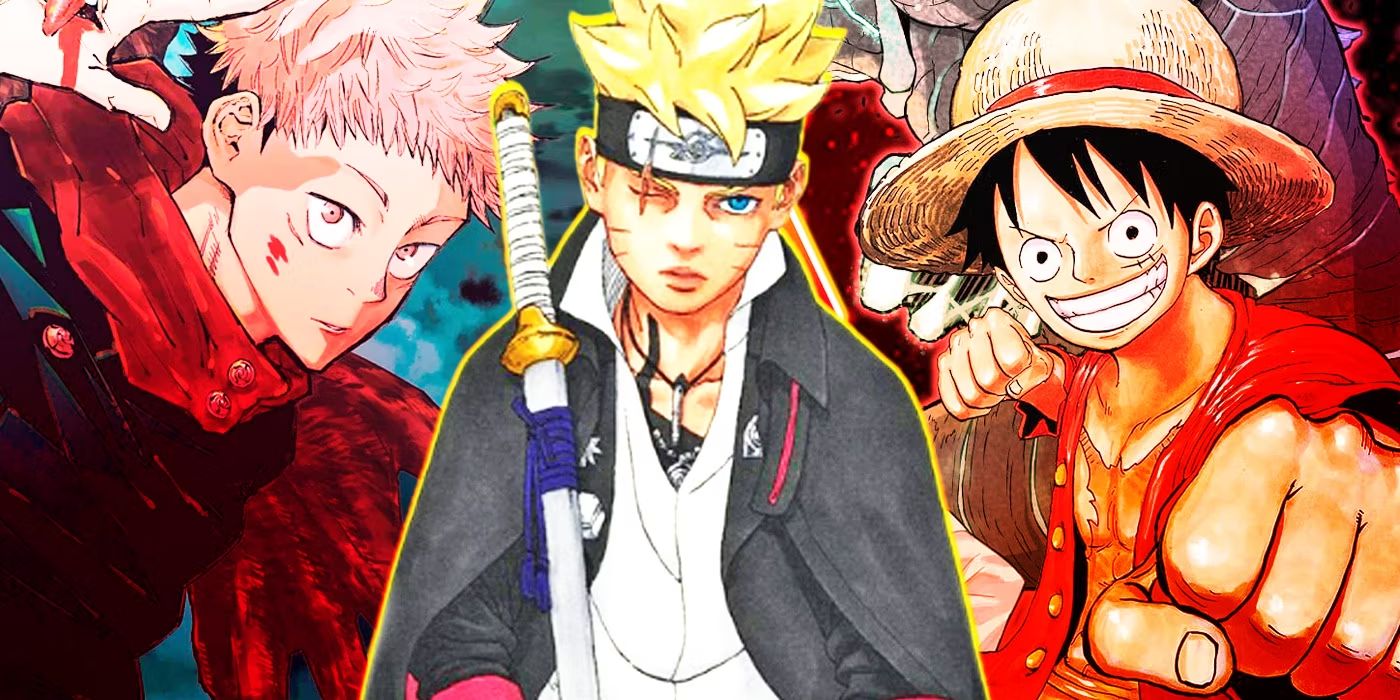
The controversy has exposed sharp divides within anime’s global fanbase. On platforms like Reddit and X, Western viewers expressed discomfort with certain tropes and supported the call for age gating. Meanwhile, Japanese and Southeast Asian fans argued that storytelling is culturally relative and that the UN’s recommendations threaten creative diversity.
Some scholars, such as Dr. Sharon Kinsella of Oxford, warn that labeling all mature anime as dangerous reflects a lack of media literacy. She noted in an interview with BBC News that anime often critiques power structures, including gender and societal roles, rather than promoting them.
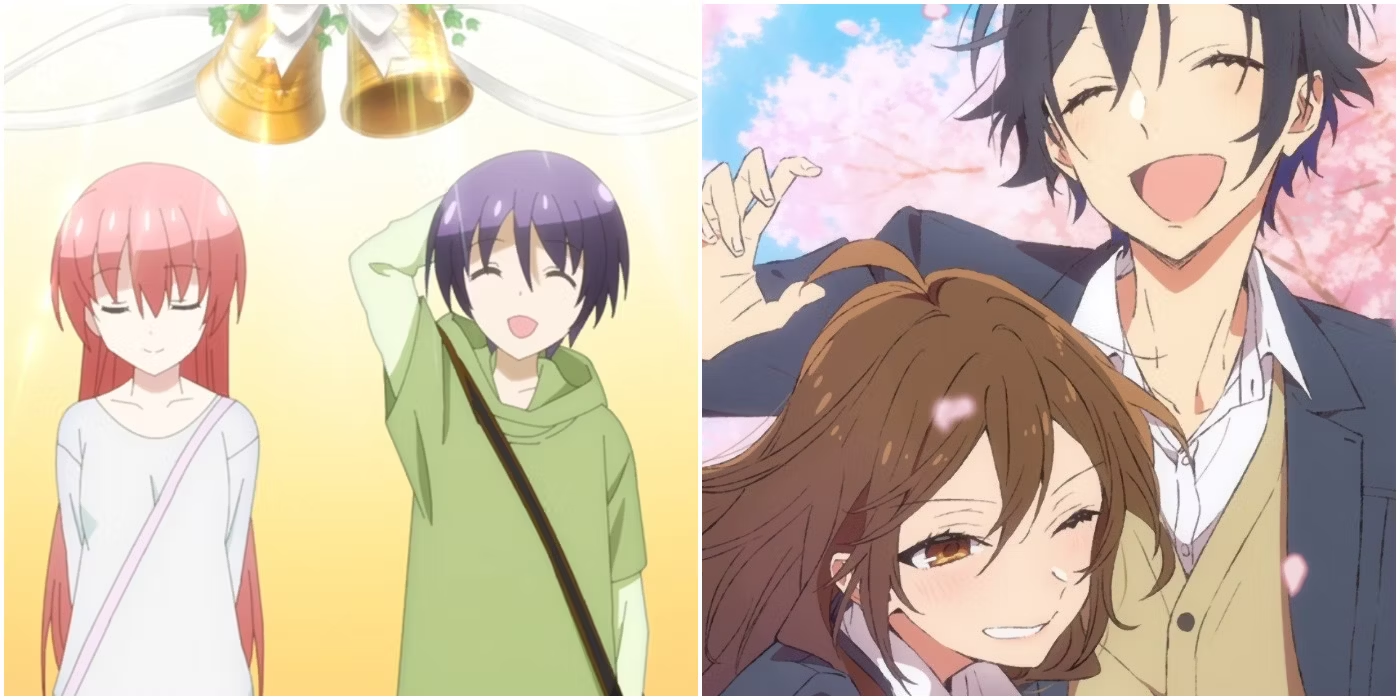
Streaming services like Netflix and Crunchyroll are now under pressure to clarify their content guidelines. While no takedowns have occurred yet, the threat of international oversight looms. In Japan, the anime industry remains defiant but alert. Studios worry that foreign markets may become increasingly hostile, especially if policy recommendations gain traction among regulatory bodies.
As this cultural standoff unfolds, one question hangs in the air: who decides what stories are safe to tell? For many in Japan, the UN’s criticism feels less like child protection and more like cultural overreach. For others, it’s a necessary push toward responsible storytelling in a connected world. Either way, the world of anime is now a frontline in a growing global ethics debate.

